If I understand correctly you mention reducing the number of ticks displayed. There are multiple ways to do this depending on your plot, for example:
Code Example:
import matplotlib.pyplot as plt
import numpy as np
x = [1, 2, 3, 4, 5, 6, 7, 8, 9, 10, 11, 12, 13,
14, 15, 16, 17, 18, 19, 20, 21, 22, 23, 24,
25, 26, 27, 28, 29, 30, 31, 32]
y = [1, 4, 9, 6, 2, 4, 5, 6, 7, 2, 1,
4, 6, 5, 2, 3, 1, 4, 9, 6, 2, 4,
5, 6, 7, 2, 1, 4, 6, 5, 2, 3]
labels = ["Ant", "Bob", "Crab", "Donkey", "Elephant", "Fire", "Giant","Hello",
"Igloo", "Jump", "Bull","Even", "More", "Words", "other", "Bazboo",
"Ant", "Bob", "Crab", "Donkey", "Hippo", "Fire", "Giant","Hello",
"Igloo", "Hump", "Kellogg","Even", "More", "Words", "Piano", "Foobar"]
plt.xticks(x, labels[::2], rotation='vertical')
plt.locator_params(axis='x', nbins=len(x)/2)
plt.plot(x, y, 'g-', color='red')
plt.tight_layout(pad=4)
plt.subplots_adjust(bottom=0.15)
plt.show()
Using plt.locator_params and the length of your list it could be divided in half for example:
plt.xticks(x, labels[::2], rotation='vertical') # set divisor
plt.locator_params(axis='x', nbins=len(x)/2) # set divisor

This should display half the number of ticks (x / 2) while keeping your plot uniform. This will work on strings and integers since the length (len) of x is working from a list.
plt.xticks(x, labels, rotation='vertical')
plt.locator_params(axis='x', nbins=len(x))

If you want tighter spacing use no divisor or adjust accordingly.




